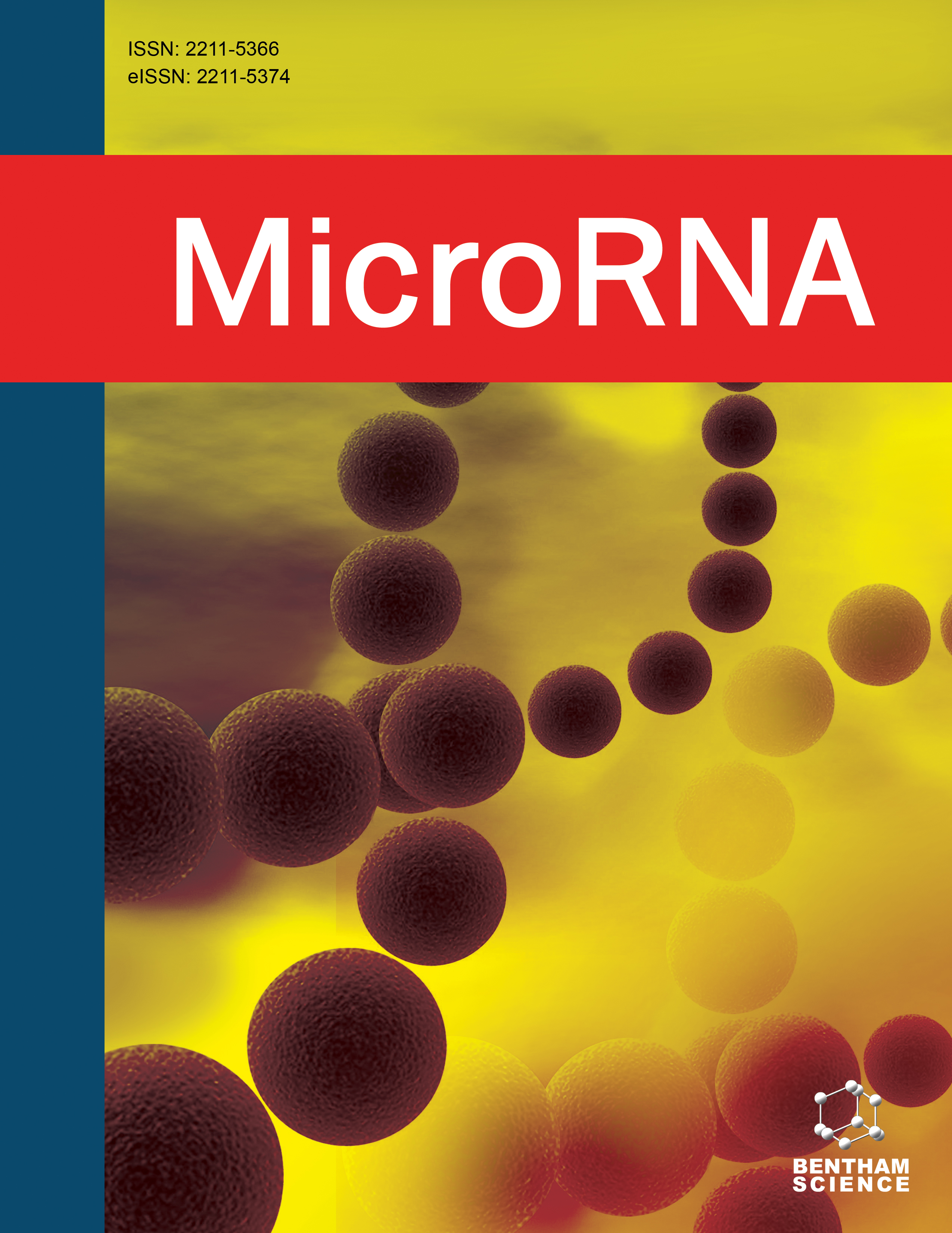
Full text loading...
We use cookies to track usage and preferences.I Understand
The differential expression of miRNAs, a key regulator in many cell signaling pathways, has been studied in various malignancies and may have an important role in cancer progression, including colorectal cancer (CRC).
The present study used machine learning and gene interaction study tools to explore the prognostic and diagnostic value of miRNAs in CRC. Integrative analysis of 353 CRC samples and normal tissue data was obtained from the TCGA database and further analyzed by R packages to define the deferentially expressed miRNAs (DEMs). Furthermore, machine learning and Kaplan Meier survival analysis helped better specify the significant prognostic value of miRNAs. A combination of online databases was then used to evaluate the interactions between target genes, their molecular pathways, and the correlation between the DEMs.
The results indicated that miR-19b and miR-20a have a significant prognostic role and are associated with CRC progression. The ROC curve analysis discovered that miR-20a alone and combined with other miRNAs, including hsa-mir-21 and hsa-mir-542, are diagnostic biomarkers in CRC. In addition, 12 genes, including NTRK2, CDC42, EGFR, AGO2, PRKCA, HSP90AA1, TLR4, IGF1, ESR1, SMAD2, SMAD4, and NEDD4L, were found to be the highest score targets for these miRNAs. Pathway analysis identified the two correlated tyrosine kinase and MAPK signaling pathways with the key interaction genes, i.e., EGFR, CDC42, and HSP90AA1.
To better define the role of these miRNAs, the ceRNA network, including lncRNAs, was also prepared. In conclusion, the combination of R data analysis and machine learning provides a robust approach to resolving complicated interactions between miRNAs and their targets.

Article metrics loading...

Full text loading...
References


Data & Media loading...

